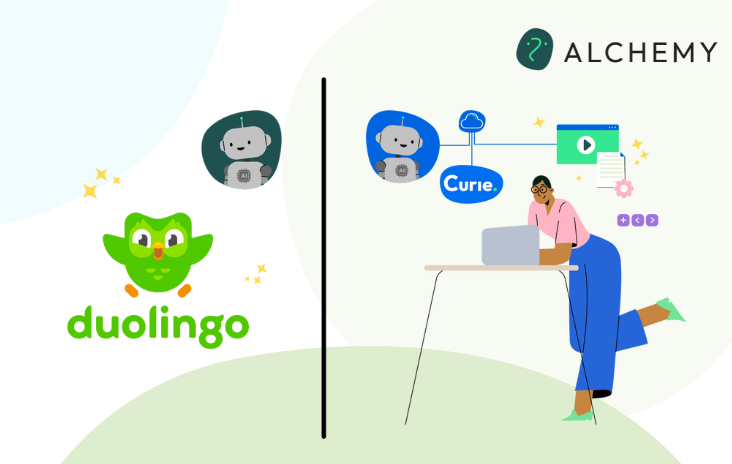Article
Building Innovation Momentum: How Institutions Can Keep Moving Forward

Innovation in higher education isn’t a single breakthrough—it’s a continuous shift. And like any shift, it takes energy to start, but even more intention to sustain.
As institutions evolve to meet the needs of the modern learner, many leaders are asking: How do we build momentum for innovation—and keep it going? How do we move from isolated experiments to lasting change?
In our recent leadership webinar featuring Jared Auclair, Ph.D. (Northeastern University) and Douglas Harrison, Ph.D. (NYU School of Professional Studies), a key theme emerged: real innovation isn’t about chasing trends—it’s about creating systems that empower educators, honor expertise, and support learners through change.
Innovation Isn’t Resistance-Free—But That’s Not the Problem
Change can be uncomfortable, especially in environments built on tradition, rigor, and academic autonomy. But resistance to innovation is rarely about unwillingness—it’s often about uncertainty.
Faculty and staff are balancing complex workloads, student needs, and shifting expectations. Asking them to change the way they teach, design, or advise—without support—can feel like asking them to sprint on a moving treadmill.
What’s needed is not pressure, but partnership.
The most successful institutions don’t push innovation from the top down. They build it from the inside out—by listening, supporting, and co-creating alongside the people who will carry it forward.
What Fuels Innovation Momentum?
Once innovation takes hold, momentum becomes one of your greatest assets. But getting there requires clarity, consistency, and collaboration. Here are a few strategies our panelists emphasized:
Create space for experimentation
Encourage pilot programs, iterative course design, and cross-functional collaboration. Innovation doesn’t always come from big initiatives—it often starts with empowered individuals trying something new.
Celebrate what’s already working
Acknowledge the creative strategies already in use across your institution. Faculty often innovate under the radar; bring those stories to light by helping those stars to shine.
Align with shared values
Connect innovation efforts to what educators already care about: improving student outcomes, increasing access, reducing friction. Framing change through this lens creates buy-in, not burnout.
Make new practices easier, not harder
Provide tools, frameworks, and support systems that reduce the lift of change. Innovation accelerates when it feels achievable.
Innovation as an Act of Care
During the webinar, Dr. Harrison emphasized that innovation doesn’t mean abandoning what works—it means evolving with purpose. And for many educators, the willingness to adapt comes from a deep commitment to student success.
That’s why supporting innovation must be rooted in empathy. Institutions should create environments where educators feel safe trying new approaches, even if they’re unsure of the outcome.
As Dr. Auclair shared, innovation thrives when people feel trusted, not tested.
Keep the Wheels Turning
Innovation isn’t about moving fast—it’s about moving forward with intention. It’s what happens when institutions invest in their people, prioritize progress over perfection, and stay anchored to their mission, even as they evolve.
Because in the end, innovation in higher education is not just about the next big thing—it’s about building systems that can keep adapting, improving, and responding to the learners who are counting on us.
Watch the full webinar recording to hear how institutional leaders are sustaining innovation with empathy and clarity.


